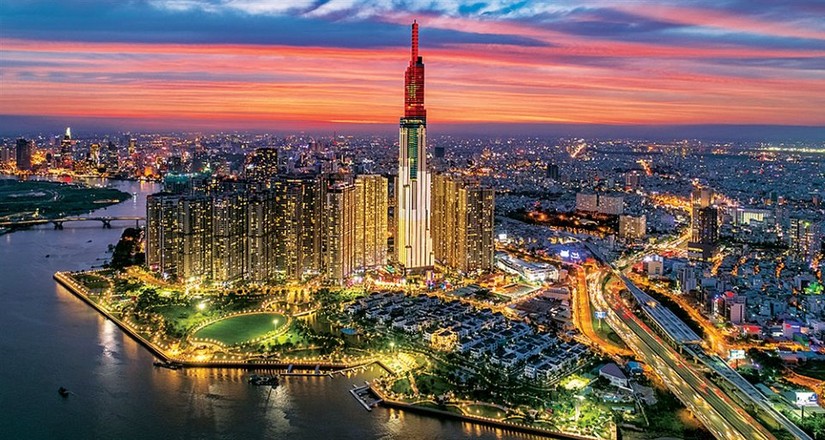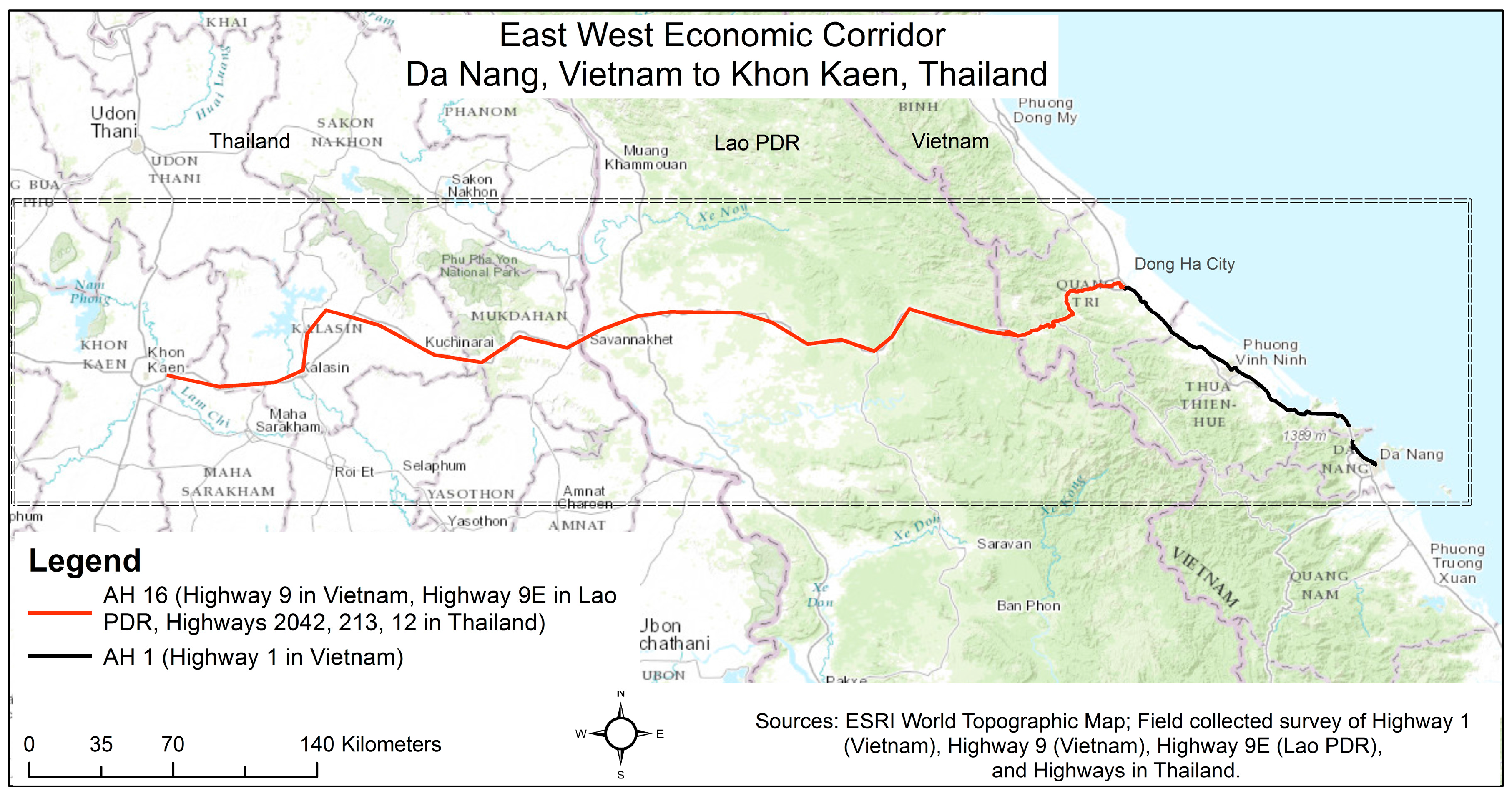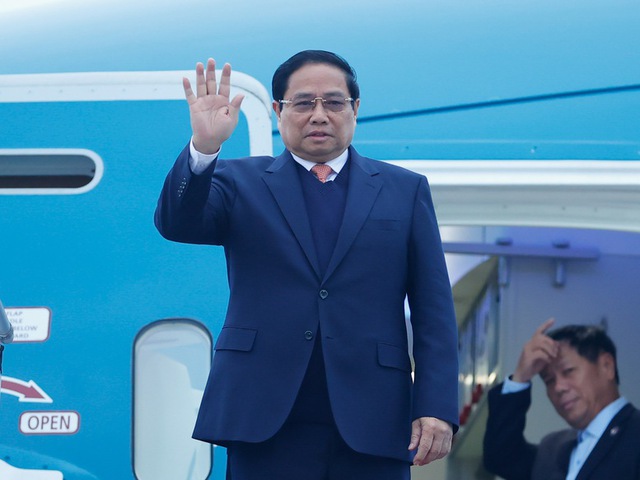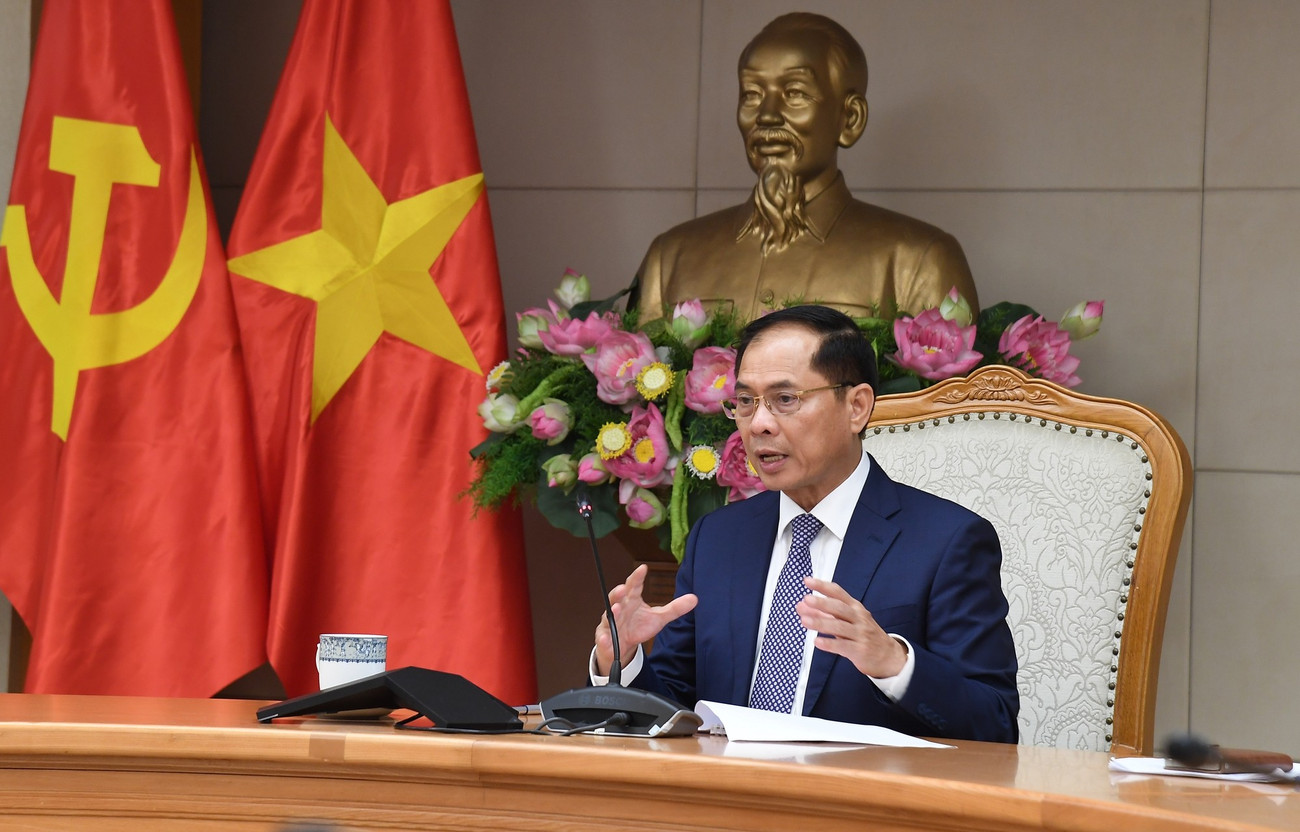MOIT VIETNAM | Vietnam's Ambitious Goal: Achieving Developed, High-Income Status by 2050
/ News / Activities
Vietnam's Ambitious Goal: Achieving Developed, High-Income Status by 2050
By 2050, Vietnam aspires to be a developed and high-income country.

The draft Resolution on the National Master Plan for the period 2021 - 2030 with a vision to 2050 was passed by more than 90.5% of participants in the National Assembly of Vietnam on January 9, 2023 in the afternoon.
By 2030, with a GDP (per capita income) of around $7,500 and a rapid GDP growth rate of about 7%/year (period 2021-2030), Vietnam aspires to become a developed nation with modern industry and high middle-income. More than half of GDP is generated by the service sector, over 40% by industry (mostly construction), and less than 10% by agriculture, forestry, and fishing. Half of the expansion is attributable to TFP (total factor productivity). Social labor productivity grows by 6.5% annually on average.
Science and technology, innovation, and digital transformation constitute the backbone of the 2021–2030 growth promotion platform. By then, urbanization will have reached over 50%, and Vietnam would have three to five large cities, putting it on level with other countries in the region and throughout the globe.
Vietnam plans to achieve its 2021–2030 objective of being a high-income developed nation by 2050. Science, technology, and innovative economic policy are the primary growth drivers in this era. In the digital, green, and circular economies. Vietnam will have joined the ranks of Asia's premier industrial powers, establishing itself as a major hub for commerce in the Asia-Pacific region and a regional and worldwide financial center.

Vietnam anticipates a 6.5-7.5% annual GDP growth rate, a GDP per capita of USD 27,000-32,000, and an urbanization rate of 70-75% between now and 2050. HDI scores above 0.8 are also concerned with human development in addition to economic growth. A robust social security system and a wealthy society where people may live out their lives to the fullest are hallmarks of a developed nation. Protection of the nation's security and military is assured. By 2050, Vietnam is projected to develop at least five world-class metropolitan centers, each of which will serve as a regional and global hub with cutting-edge, synchronized infrastructure. Vietnam aims to reach its environmental target of Net Zero (net zero emissions) by 2050 and maintain a high-quality, low-carbon environment as part of its strategy for achieving sustainable development.
With an eye toward 2050, the country's development is spatially organized into six socio-economic zones under the 2021-2030 National Master Plan. These regions are divided into four dynamic regions, national growth poles, and economic corridors.
Accordingly, there are six socio-economic regions, including the Mekong River Delta (13 provinces and cities), the Central Highlands (5 provinces), the Central Coast (14 provinces and cities), the Southeast region (6 provinces and cities), and the Northern midland and mountainous regions. The northern, central, and southern dynamic areas, together with the Mekong River Delta, make up four growth poles. By 2030, Vietnam plans to form the Central Highlands - Southeast economic corridor to promote development and regional linkage, in conjunction with strengthening national defense and security. This corridor will be built on the basis of the North-South transport axis to the East, connecting dynamic regions, large cities, and economic centers. The green road of the center Highlands will be developed as part of this economic corridor, which will increase the region's spillover benefits from its center cities. In doing so, the East-West economic corridor will be formed.

Budget, private, and international loans will all play a role in bringing in the necessary investment funds to put the national master plan into action.
The National Master Plan will be implemented using funds from the reorganization, public investment expenditure, acceleration of capital disposal, and equitization of state-owned firms.
To improve its social and economic infrastructure, the state will refine its policies and implement the proper procedures to use land's natural resources. Auctioning off land use rights, competing for land use projects in the planning and urban development stages... to fund citywide infrastructure development.
Capital market (e.g. stock market, venture capital) policies will be finalized to mobilize medium- and long-term capital for investment; foster enterprise and innovation.
Investment efficiency will be improved with the revival of measures aimed at luring foreign capital.
The master plan lays out priorities for attracting foreign financing at attractive interest rates and terms... for use in a wide variety of high-impact sectors including renewable energy, arts and culture, education and health, STEM disciplines, and the creative economy.
-
/ News / Activities
Prime Minister Pham Minh Chinh’s Strategic Visit to Laos Marks New Chapter in Bilateral Relations
Prime Minister Pham Minh Chinh’s official visit to the Lao People’s Democratic Republic and his co-chairmanship of the 47th meeting of the Vietnam–...
-
/ News
Deepening Cooperation, Strengthening Regional Unity
On the afternoon of July 28, 2025, at the Government Headquarters in Hanoi, Deputy Prime Minister and Minister of Foreign Affairs of Vietnam, Mr. B...
-
/ News / Activities
Vietnam and Laos Accelerate Toward Deeper Regional Integration and Unprecedented Trade Growth
In an era where regional connectivity and economic resilience are critical pillars for national development, Vietnam and Laos are emerging as a mod...





